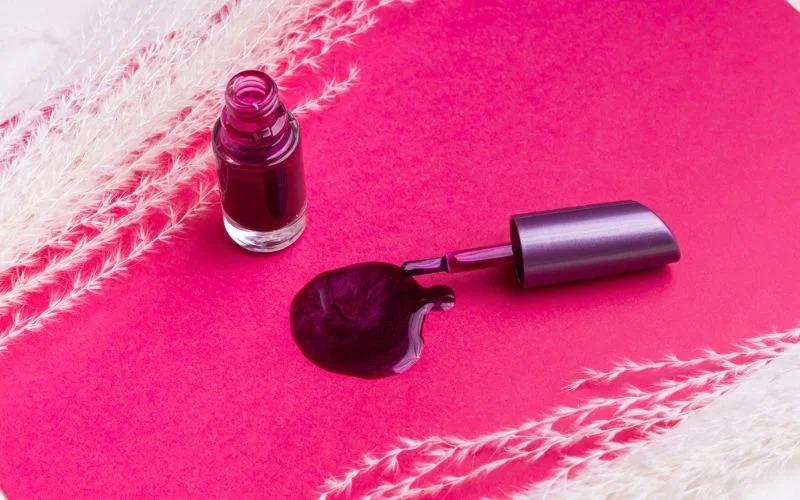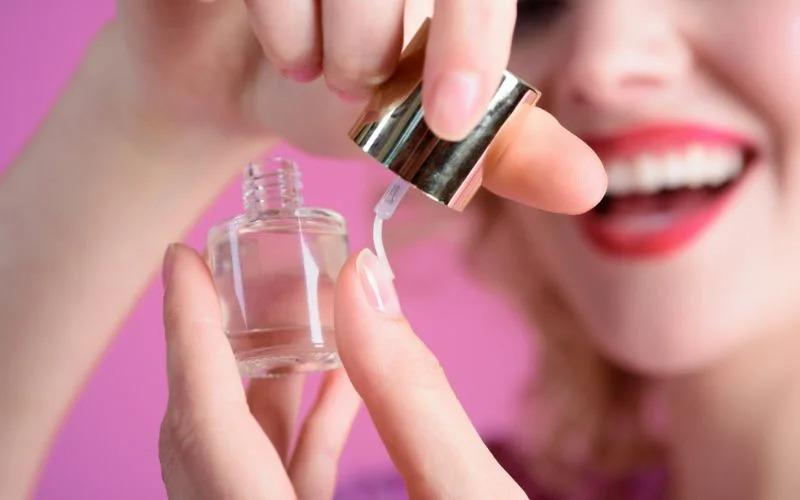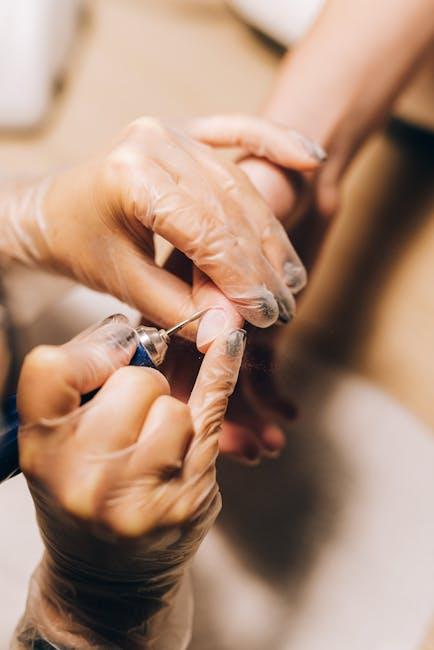In the quiet corners of our daily routines, nestled between the mundane tasks of brushing teeth and tying shoelaces, lies a subtle indicator of our overall health: our nails. Often overlooked, these small keratin structures can reveal a wealth of information about our body’s inner workings. Yet, in our fast-paced lives, we tend to dismiss the whispers of distress they may be trying to convey. Are you turning a blind eye to the silent signals of nail damage? This article delves into the intricate language of nail health, shedding light on the warning signs that could be pointing to more serious underlying issues. As we peel back the layers of this often-ignored aspect of personal care, prepare to discover how a closer look at your nails could be a crucial step towards better health and well-being.
Spotting the Subtle Indicators: Understanding the Early Warning Signs of Nail Damage

Our nails often communicate more than we realize, whispering subtle warnings about their well-being that we frequently overlook. Recognizing these early signs of damage is crucial for maintaining nail health and preventing more serious issues down the line. Here are some key indicators to watch for:
- Discoloration: A change in color, whether yellow, white, or even dark spots, could signal an underlying issue such as a fungal infection or trauma.
- Texture Changes: Are your nails becoming unusually brittle or developing ridges? These textural shifts can be early warnings of nutritional deficiencies or systemic conditions.
- Peeling or Splitting: While often dismissed as minor, peeling nails can indicate overexposure to moisture or harsh chemicals, necessitating a change in care habits.
- Inflammation or Redness: The skin around the nails should be healthy and irritation-free. Persistent redness or swelling might suggest an infection or allergic reaction.
By staying vigilant and attentive to these signs, you can intervene early, ensuring your nails remain strong and healthy. Regular care and prompt action when changes are noticed will keep potential problems at bay and your nails looking their best.
Decoding the Causes: How Everyday Habits Might Be Harming Your Nails

- Overzealous Grooming: While keeping your nails trimmed and tidy is important, overdoing it can lead to weakened nail beds. Constant filing or clipping can thin your nails, making them more susceptible to breakage. Instead, aim for a gentle manicure routine that respects the natural shape and strength of your nails.
- Excessive Use of Nail Products: Those vibrant nail polishes and acrylics might look stunning, but they can strip your nails of their natural oils. Acetone-based removers are particularly harsh, leading to dry, brittle nails. Opt for gentler, acetone-free alternatives and give your nails regular breaks from polish to breathe and rejuvenate.
- Neglecting Hydration: Just like your skin, your nails need moisture to stay healthy. Skipping hand cream or cuticle oil can result in nails that are more prone to splitting. Incorporate a rich moisturizer into your daily routine, focusing on the cuticles and nail beds to maintain optimal hydration.
By understanding these everyday habits, you can take proactive steps to protect your nails from damage. Small changes, like reducing product use and ensuring proper hydration, can make a significant difference in the health and appearance of your nails.
Expert Recommendations: Essential Steps to Restore and Protect Your Nail Health

Revitalizing your nail health begins with a comprehensive approach to both repair and protection. Start with hydration; nails, much like skin, need moisture to remain flexible and strong. Regularly apply a nourishing cuticle oil or cream to prevent dryness and cracking. Diet plays a crucial role as well. Incorporate foods rich in biotin, vitamin E, and omega-3 fatty acids such as eggs, nuts, and fish to promote nail growth and resilience.
- Maintain Cleanliness: Regularly clean your nails and keep them dry to prevent fungal infections.
- Trim Nails Regularly: Keep nails short and neat to avoid breakage and snagging.
- Avoid Harsh Chemicals: Limit exposure to acetone-based nail polish removers and other harsh substances.
- Wear Protective Gloves: Use gloves when washing dishes or using cleaning products to shield nails from damage.
Regular assessments by a dermatologist or a nail specialist can help identify early signs of damage and provide tailored treatments. By implementing these expert-backed strategies, you’ll lay the foundation for healthier, stronger nails that are less prone to damage and more resilient against everyday wear and tear.


